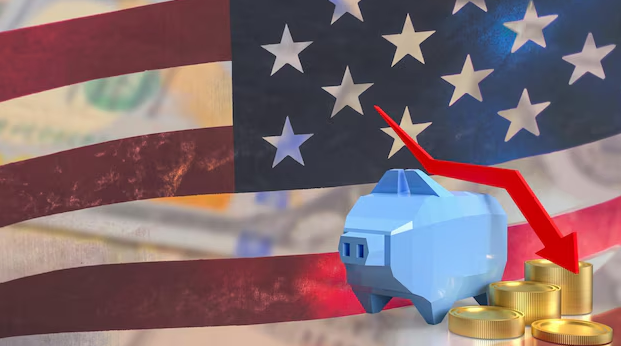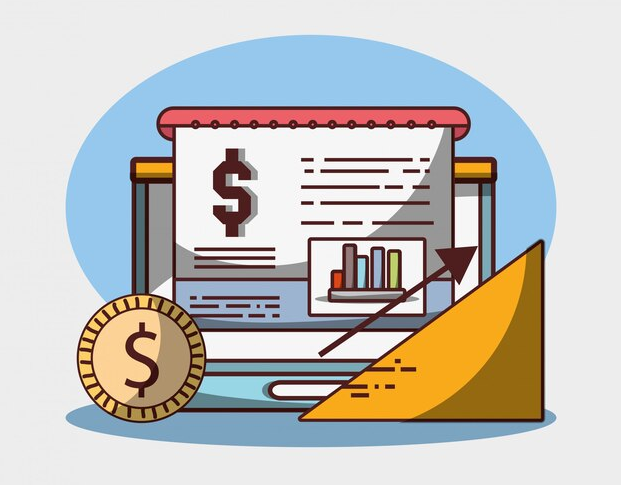As we move further into 2024, the landscape of financial decision-making in the United States is undergoing significant transformations. A key driver of these changes is the fluctuation of interest rates, which directly impacts how individuals and businesses approach financing.
Whether it’s purchasing a home, securing a loan for a new business, or refinancing existing debt, interest rates play a pivotal role in determining the affordability and feasibility of such decisions. Understanding how these rates influence financial choices is crucial for making informed decisions in an increasingly complex economic environment.
Interest Rates and Home Financing in 2024

Interest rates have always been a critical factor in home financing, and in 2024, they are more influential than ever. The real estate market, already volatile due to economic uncertainties, is feeling the effects of rising interest rates. Potential homebuyers are faced with higher mortgage rates, which significantly increase the cost of homeownership.
For many, this has led to a reassessment of whether now is the right time to purchase a home or if it would be wiser to wait for more favorable conditions. Higher interest rates directly affect the monthly mortgage payments that homeowners must make.
For instance, even a slight increase in the interest rate can lead to hundreds of dollars more per month in mortgage payments. This additional financial burden can be a deal-breaker for some buyers, pushing them out of the market or forcing them to settle for less expensive properties. As a result, the demand for housing may decrease, potentially leading to a slowdown in the real estate market.
The Role of Interest Rates in Business Financing
For businesses, particularly small and medium-sized enterprises (SMEs), interest rates are a key factor in determining the viability of expansion plans and investment opportunities. In 2024, the economic environment has seen interest rates rise, leading to a ripple effect across the business sector.
Companies that rely on financing for growth, whether through loans or credit lines, must now contend with higher borrowing costs. This scenario forces businesses to reevaluate their strategies, often leading to more conservative approaches to expansion and investment.
When interest rates rise, the cost of capital increases, making it more expensive for businesses to finance new projects or maintain existing operations. For SMEs, which often operate with tighter margins, this can be particularly challenging.
Higher interest rates may lead to a decrease in profitability, as businesses are forced to allocate more of their revenue toward servicing debt. In some cases, the increased cost of borrowing can make it impossible for businesses to pursue certain opportunities, such as expanding their product lines or entering new markets.
How Interest Rates Shape Personal Loan Decisions in 2024
The decision to take out a personal loan is significantly influenced by the prevailing interest rates. In 2024, as interest rates rise, borrowers are more cautious about taking on new debt. Personal loans, often used for consolidating debt, funding major purchases, or covering unexpected expenses, become less attractive when the cost of borrowing increases. Understanding how interest rates affect personal loan decisions is crucial for both lenders and borrowers as they navigate this changing financial landscape.
- Borrowing Costs: The primary way interest rates impact personal loan decisions is through the cost of borrowing. Higher interest rates mean higher monthly payments and a greater total repayment amount over the life of the loan. For borrowers, this means that the decision to take out a loan is weighed more carefully. In many cases, individuals may choose to delay taking out a loan or opt for a smaller loan amount to reduce the financial burden.
- Loan Approval Rates: As interest rates rise, lenders may tighten their lending criteria. This can lead to lower approval rates for personal loans, particularly for borrowers with lower credit scores. In 2024, lenders are increasingly cautious about extending credit, knowing that higher rates increase the risk of default. Borrowers with excellent credit may still find favorable loan terms, but those with less-than-perfect credit may struggle to secure a loan at an affordable rate.
- Alternative Financing Options: With higher interest rates making personal loans less attractive, borrowers may seek alternative financing options. These alternatives include tapping into home equity, using credit cards with promotional rates, or exploring peer-to-peer lending platforms. Each of these options comes with its own set of pros and cons, and borrowers must carefully evaluate the best approach for their financial situation.
In 2024, the interplay between interest rates and personal loan decisions highlights the importance of financial planning and awareness. Borrowers must be diligent in assessing the total cost of borrowing and consider the long-term implications of taking on new debt in a high-interest-rate environment. Lenders, on the other hand, must balance the need to maintain profitability with the responsibility of offering fair and accessible loan products to consumers.
Interest Rates and the Future of Auto Financing
Auto financing is another area where interest rates play a crucial role in shaping consumer decisions. In 2024, with interest rates on the rise, the cost of financing a vehicle has increased, leading many consumers to reconsider their options. Whether purchasing a new or used car, the interest rate on an auto loan can significantly impact the overall cost of ownership.
Understanding how these rates affect auto financing decisions is essential for consumers looking to make smart financial choices in a changing market. The increase in interest rates has made it more expensive for consumers to finance a vehicle, leading to higher monthly payments and a larger total repayment amount.
For many consumers, this has led to a reevaluation of their budget and a search for more affordable vehicles. In some cases, consumers may choose to delay purchasing a new car, opting instead to keep their current vehicle for a longer period.
This trend can have a ripple effect on the auto industry, potentially leading to a slowdown in sales and production. Moreover, rising interest rates may also influence the type of financing consumers choose. Some may opt for shorter loan terms to minimize the amount of interest paid over the life of the loan, even if it means higher monthly payments.
Others may explore alternative financing options, such as leasing, which can offer lower monthly payments but come with their own set of limitations and considerations. The choice between financing and leasing becomes more complex as interest rates rise, requiring consumers to carefully weigh the pros and cons of each option.






